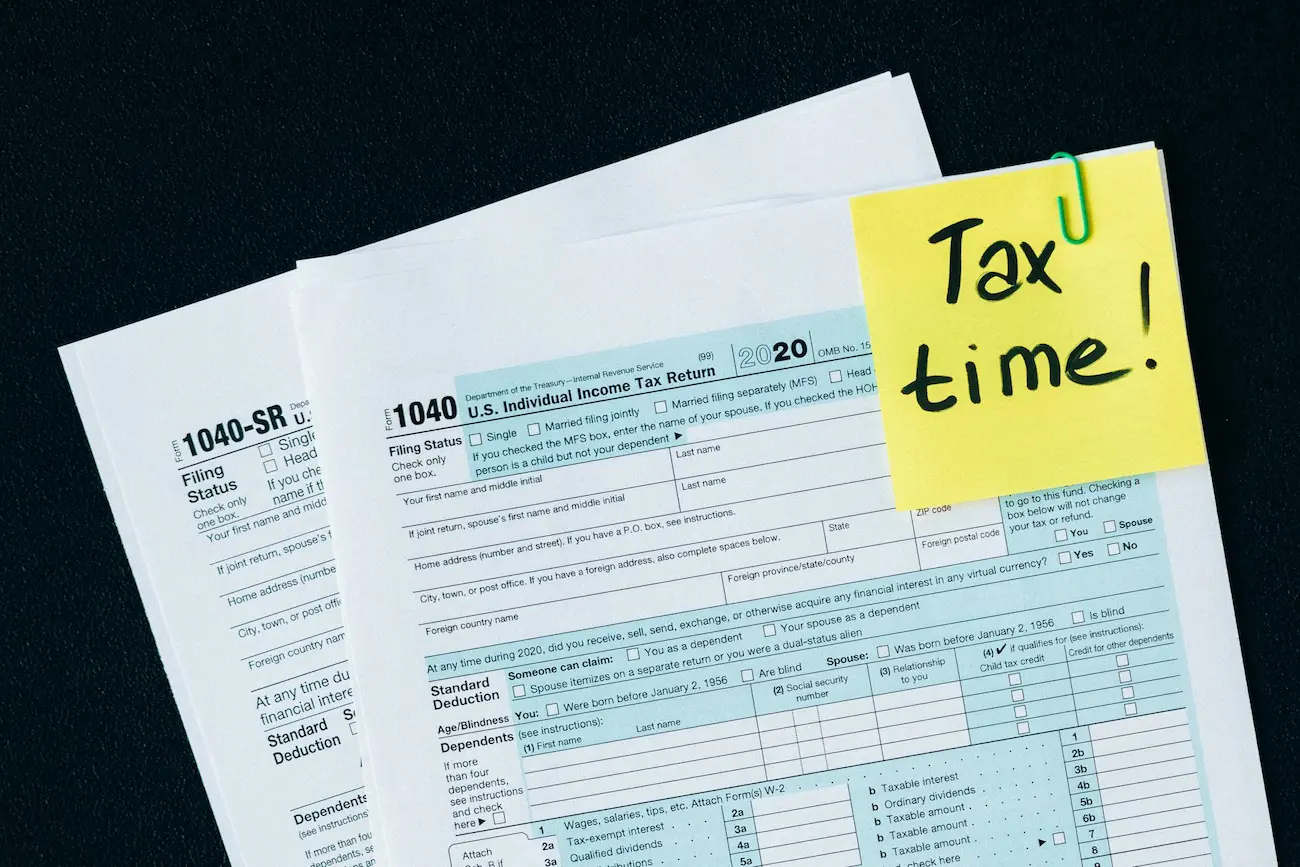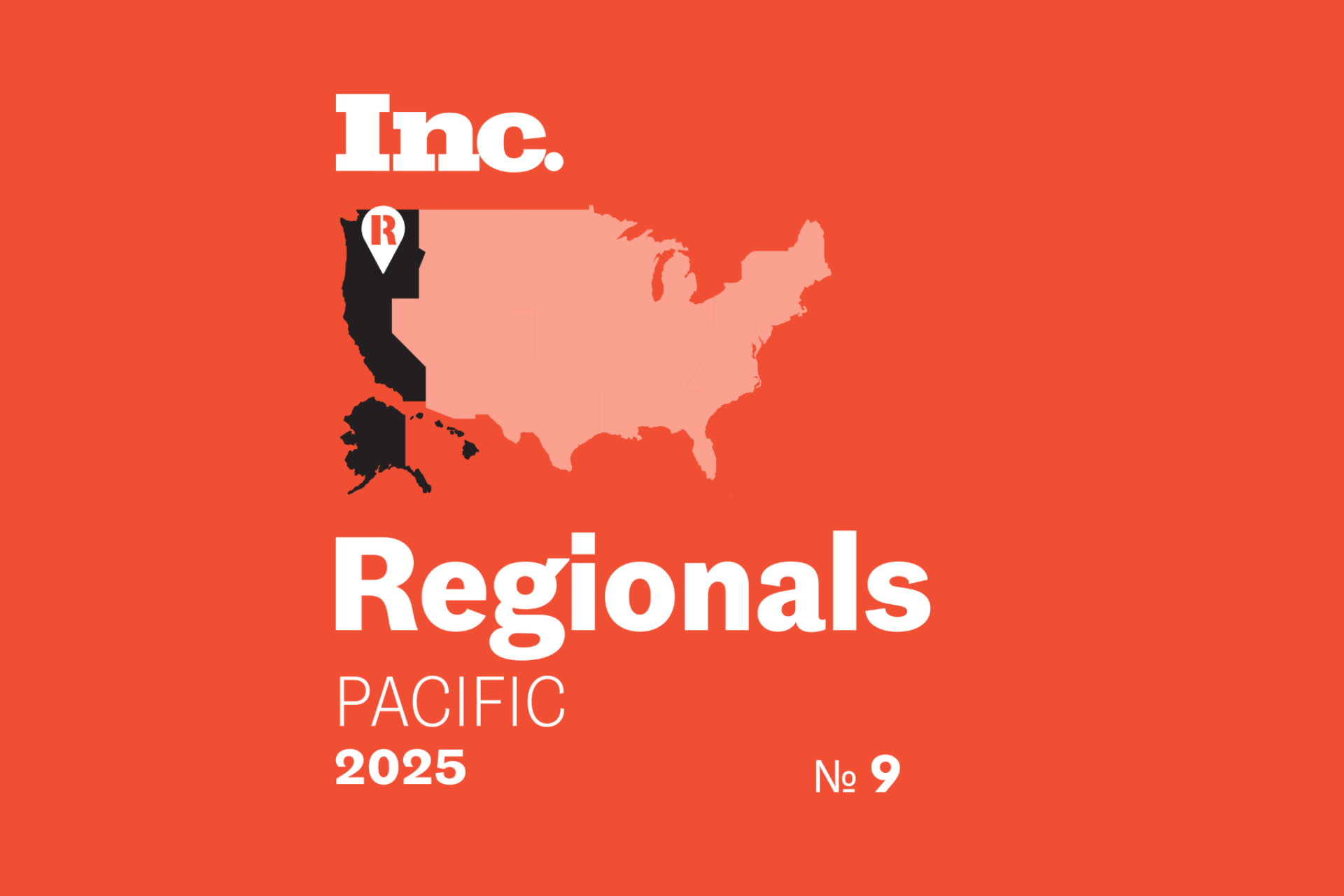Managing finances effectively is important for construction companies. From purchasing materials to paying workers, a clear budget ensures smooth operations. Bookkeeping for a construction company and forecasting future income is especially important in the construction industry, where unexpected costs can quickly derail projects. A PwC analysis found that mega-projects often exceed their budgets by 50% or more, highlighting the importance of sound financial planning.
A solid financial plan acts like a roadmap, guiding spending and saving decisions. It helps construction companies avoid surprises and make smarter choices. By using simple tools and technology, analyzing spending patterns, and setting aside funds for unexpected costs, companies can better handle challenges and stay on track for growth.
Creating a Comprehensive Budget
A well-planned budget is the foundation of any successful construction project. For construction businesses, accounting for all business expenses is essential to avoid surprises and keep projects running smoothly. Budgets typically include three main categories: hard costs, soft costs, and overhead costs.
Hard Costs
Hard costs are the direct expenses tied to construction projects. These include materials like concrete, steel, and wood, as well as labor costs for workers on site. This category includes equipment, such as cranes or power tools, and subcontractor fees for specialists like electricians or plumbers. For example, renting heavy machinery or paying skilled welders would fall under hard costs.
Soft Costs
Soft costs cover expenses not directly related to construction but still essential to the project. These include permits, design and architectural fees, insurance, and marketing expenses to promote the construction business. For instance, the cost of securing a building permit or hiring an architect to draft blueprints would be a soft cost.
Overhead Costs
Overhead costs are ongoing business expenses that keep the construction business operational. These include office expenses like rent and utilities, administrative salaries, and vehicle costs for transporting materials or workers. For example, maintaining a company truck used to deliver supplies is an overhead cost.

Key Steps in Budget Development
Budgeting for construction projects involves following a series of steps to ensure costs are managed efficiently. These steps help construction businesses align their expenses with project goals, address potential risks, and maximize profitability.
1. Define Project Scope
Start by clearly outlining the project’s goals and requirements. Use a Work Breakdown Structure (WBS) to break the project into smaller, manageable tasks. For example, separating tasks like foundation work, framing, and electrical installation helps create a clearer picture of what’s needed. A well-defined scope prevents misunderstandings and reduces the risk of overspending.
2. Estimate Costs
Accurate cost estimation is vital for project success. Gather quotes from suppliers and subcontractors and review historical data from similar construction projects to inform estimates. According to the Construction Industry Institute, accurate cost estimation can reduce budget overruns by 30%. This ensures that all project costs, including materials, labor, and equipment, are considered.
3. Include Contingencies
Set aside contingency funds, typically 5–10% of the total budget, to cover unexpected expenses or changes in scope. For example, fluctuating material prices or unforeseen weather delays can impact costs. A financial cushion helps construction businesses avoid delays and keep the project moving forward smoothly.
4. Review and Refine
Budgets should not remain static. Continuously review and adjust the budget as the project progresses and new information becomes available. Tracking expenses in real-time using job costing tools can identify discrepancies early, ensuring that project costs align with revenue recognition goals and minimizing financial risks.
Financial Forecasting Techniques
Accurate financial forecasting is essential for construction businesses to manage cash flow, predict revenue, and control costs effectively. By using data-driven techniques, companies can better plan for project demands and reduce financial risks.
Cash Flow Projections
Cash flow projections help construction companies anticipate periods of high expenses and potential cash shortfalls. By mapping out when payments for materials, labor, and overhead expenses are due, businesses can manage their working capital more effectively. For instance, forecasting that a large supplier payment coincides with payroll helps prevent cash flow gaps.
Revenue Forecasting
Revenue forecasting involves estimating future income based on secured contracts, historical performance, market trends, and the pipeline of potential projects. For example, suppose a construction company historically earns 30% of its annual revenue in Q2 due to seasonal demand. In that case, they can prepare for higher job costs and direct and indirect costs during that period.
Cost Trend Analysis
Analyzing cost trends from past projects allows construction businesses to identify patterns and refine their budgeting for future work. For instance, if data reveals that material prices consistently increase in the winter, companies can plan purchases accordingly to save on expenses. Understanding direct costs like materials and indirect costs like administrative support also helps to manage overall project costs more effectively.
Leveraging Technology
Construction management software is a valuable tool for financial forecasting. These platforms can track actual job costs versus budgeted amounts in real time, generate automated financial reports, and integrate budgeting and project management functions. For example, software like Procore or QuickBooks can streamline construction bookkeeping by linking expense tracking with forecasting tools, reducing overhead expenses and improving efficiency.
Regular Review and Analysis
Regular budget reviews, conducted monthly or quarterly, are essential for ensuring that construction projects stay financially on track. These reviews help companies monitor progress, address discrepancies, and refine their plans for better outcomes.
Compare Actual Performance to Projections
Monitoring actual expenses against budgeted amounts highlights whether the project is aligning with financial goals. Higher-than-expected labor costs might indicate scheduling inefficiencies or increased overtime, signaling the need for adjustments. This step ensures that financial targets are consistently evaluated throughout the project.
Identify Variances and Their Causes
Variances—differences between projected and actual costs—can reveal underlying issues in project execution. For example, material costs might exceed estimates due to price fluctuations or supplier delays. Identifying these causes allows construction companies to address inefficiencies, such as renegotiating supplier contracts or adjusting work schedules.
Make Necessary Adjustments to the Budget or Project Plan
Once variances are identified, adjustments must be made to avoid compounding financial issues. This might involve reallocating contingency funds, revising the project timeline, or cutting unnecessary expenses. For instance, if equipment rental costs rise unexpectedly, reallocating funds from less urgent budget areas can keep the project moving without exceeding the overall budget.

Long-term Financial Planning
Thinking ahead is essential for construction companies to stay competitive and prepared for the future. Multi-year financial forecasts allow businesses to make smarter decisions about equipment, staffing, and growth opportunities, helping them build a strong foundation for long-term success.
Plan for Equipment Purchases or Replacements
Equipment wears out over time, and unexpected breakdowns can disrupt projects. By forecasting when machines like excavators or trucks will need replacement, construction companies can spread out costs and avoid last-minute purchases. For instance, allocating funds annually for a fleet upgrade ensures projects stay on schedule without straining the budget.
Anticipate Staffing Needs
Labor demands in the construction industry often change with project sizes and market conditions. A company working on multiple large-scale projects over the next two years can plan to hire skilled workers early, avoiding delays caused by labor shortages. Financial planning helps allocate salaries and training costs, ensuring teams are ready when needed.
Inform Strategic Decisions About Company Growth and Expansion
Financial forecasts can reveal whether a company is ready to expand into new markets or take on larger projects. If projections show steady revenue growth and manageable overhead, businesses can confidently invest in a new branch or bid for larger contracts. This type of planning ensures growth is sustainable and aligned with financial stability.
In October 2024, construction spending in the U.S. was estimated at a seasonally adjusted annual rate of $2,174.0 billion, reflecting a 5.0% increase from October 2023.
Building a Stronger Future with Smart Financial Planning
Managing money doesn’t have to be overwhelming if you follow a clear plan. By creating detailed budgets, forecasting future revenue, and regularly reviewing financial performance, construction companies can stay ahead of challenges and seize new opportunities. Think of budgeting and forecasting as the blueprint for your business’s financial health—they guide every decision, from hiring workers to investing in equipment.
When you take the time to plan your finances well, you’re not just managing costs; you’re building a stronger, more profitable construction business. These practices position your company for long-term success, helping you grow steadily in a competitive industry while avoiding common pitfalls like overspending or cash flow issues.
If your construction company needs expert accounting and bookkeeping services, Potrus CPA is the right partner to help you achieve financial stability and growth.








